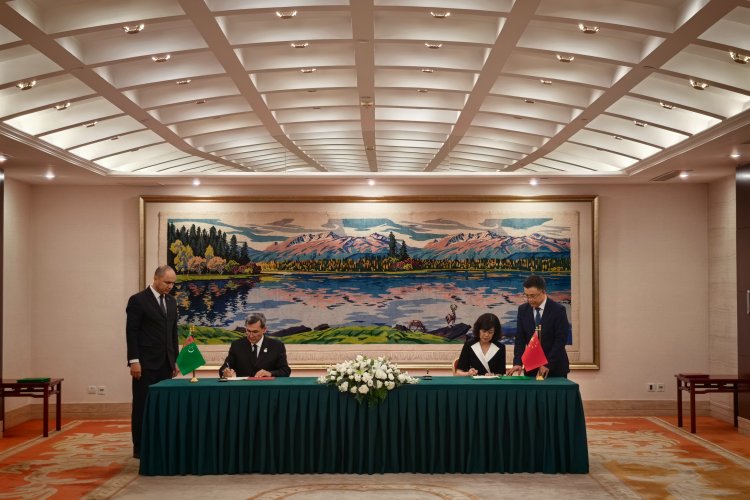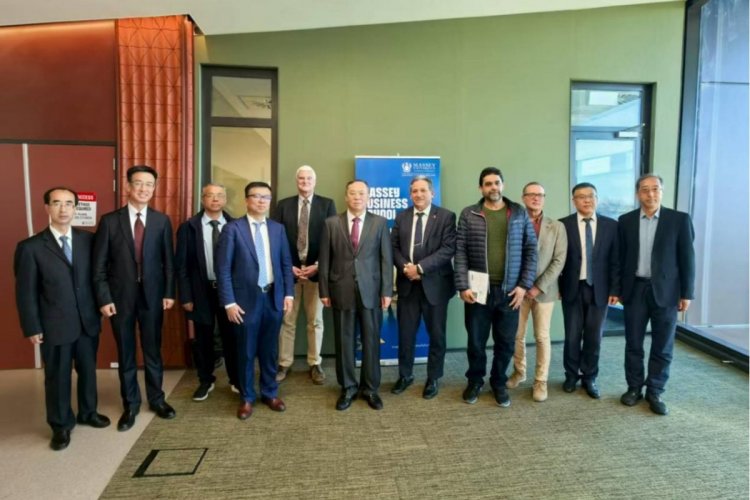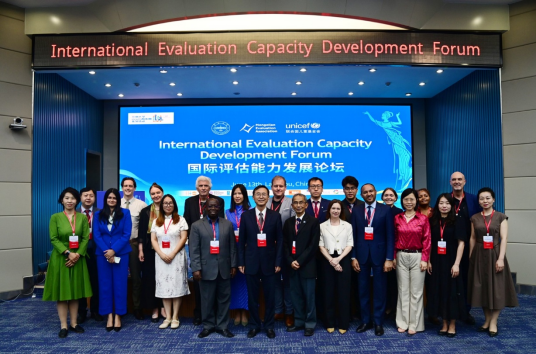"Drylands Face Potential Threat under 2°C Global Warming Target", the latest research result by Prof. Huang Jianping et al. was published in Nature Climate Change on April 24th. Authors are all from the College of Atmospheric Sciences in LZU, with Prof. Huang as the first and corresponding one.
Next paragraph is the abstract of the thesis:
The Paris Agreement aims to limit global mean surface warming to less than 2 °C relative to pre-industrial levels1, 2, 3. However, we show this target is acceptable only for humid lands, whereas drylands will bear greater warming risks. Over the past century, surface warming over global drylands (1.2–1.3 °C) has been 20–40% higher than that over humid lands (0.8–1.0 °C), while anthropogenic CO2 emissions generated from drylands (~230 Gt) have been only ~30% of those generated from humid lands (~750 Gt). For the twenty-first century, warming of 3.2–4.0 °C (2.4–2.6 °C) over drylands (humid lands) could occur when global warming reaches 2.0 °C, indicating ~44% more warming over drylands than humid lands. Decreased maize yields and runoff, increased long-lasting drought and more favourable conditions for malaria transmission are greatest over drylands if global warming were to rise from 1.5 °C to 2.0 °C. Our analyses indicate that ~38% of the world’s population living in drylands would suffer the effects of climate change due to emissions primarily from humid lands. If the 1.5 °C warming limit were attained, the mean warming over drylands could be within 3.0 °C; therefore it is necessary to keep global warming within 1.5 °C to prevent disastrous effects over drylands.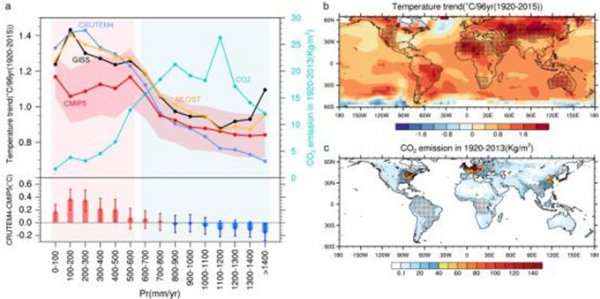
The picture shows the temperature tendency and emission amont of carbon dioxide in arid and humid regions.
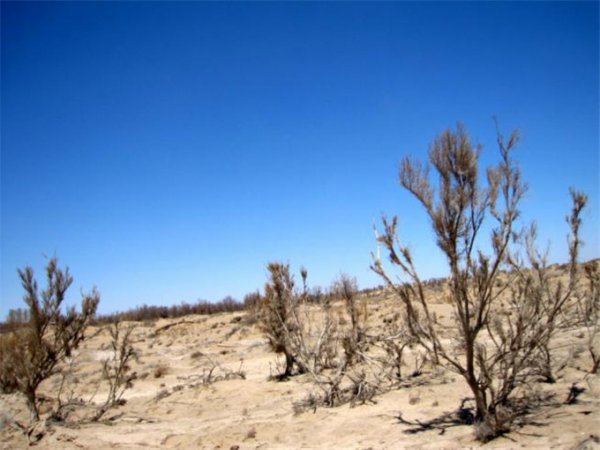
The landscape in arid and semi-arid regions.(taken in Minqing, Gansu; April of 2010)

The industrial emission in humid and developed region.(info from the internet)
Series of studies demonstrate that the international community should attach great importance on the climate change related disasters and the inequality of global warming liability of different regions, paying closer attention to the struggling of arid and semi-arid regions people in poverty and backwardness. The developed countries have the obligation to shoulder more responsibilities to fulfill promises and take actions, pressing ahead the implementation of the agreement.
(Translated by Ma Qingyan; proofread by Zhang Lu)


